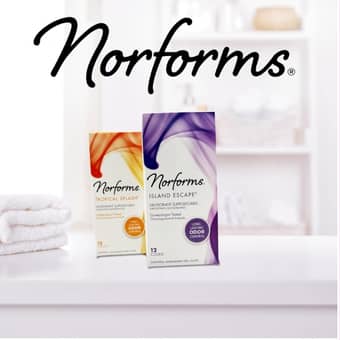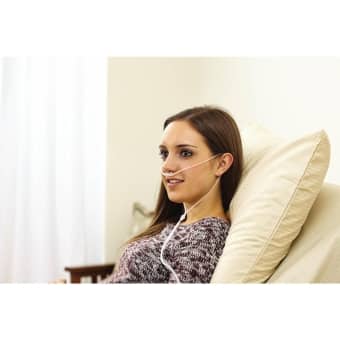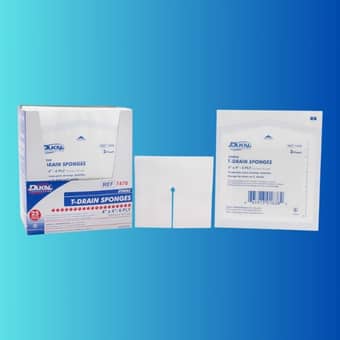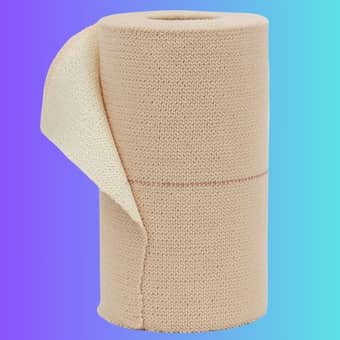This guide will show you how a hot cold pack can relieve your post-exercise back pain. After physical activity, you may have a sore, tense back. Applying heat or cold can help. Using hot cold packs can boost your recovery. You will return to your activities with greater comfort and speed. Let’s explore how these packs work. Also, how to use them in your post-exercise care.

Table of Contents
Key Takeaways:
-
Temperature therapy: Hot or cold packs can reduce muscle tension and inflammation. This promotes faster recovery.
-
Pain Relief: Cold packs numb sharp pain. Heat packs improve blood flow. Both help ease back discomfort.
-
Application timing: Apply cold therapy soon after exercise to reduce swelling. In the following days, heat therapy can help tight muscles.
I. Understanding Hot Cold Packs
Hot cold packs use heat and cold to ease pain and reduce inflammation. These easy-to-use packs can relieve sore muscles, especially after exercise. Alternating between heat and cold can boost blood flow. It helps heal stressed muscles.
1.1. Types of Hot Cold Packs
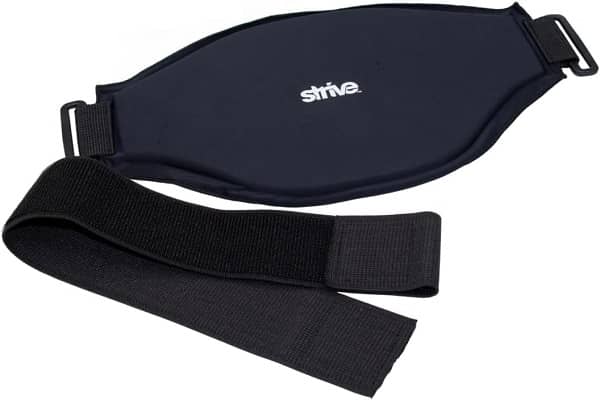
Packs come in various forms, catering to different needs and preferences. Common types include gel packs, clay packs, and electric heating pads. Choosing the right type can have a major effect on your relief and recovery.
-
You can freeze or heat gel packs.
-
Clay packs offer deep, penetrating heat.
-
Electric heating pads provide adjustable temperature control.
-
Instant cold packs are perfect for on-the-go relief.
-
Reusable packs save money over time.
After selecting a pack, understanding its usage can amplify your post-exercise recovery.
1.2. Factors to Consider When Choosing a Pack
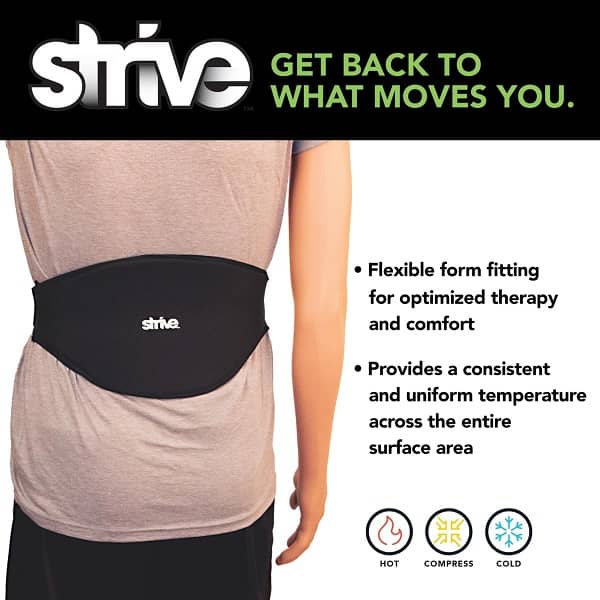
You need to think about several factors when selecting a hot cold pack for your needs. Consider the size, material, and use. This will help you choose the best option for your needs.
-
Size: Ensure it covers the affected area.
-
Material: Opt for a comfortable and durable covering.
-
Heat retention: Some packs hold heat longer than others.
-
Ease of use: Select a pack that fits into your routine.
-
Storage: Consider whether it requires refrigeration or is microwaveable.
This selection process could have a significant impact on your recovery experience.
Also, prioritizing these factors makes your hot cold pack work better. It will help you recover faster. The size ensures your pack can cover the area needing attention. The material affects comfort. Quick accessibility and easy storage can offer added benefits, especially for frequent users.
-
Comfort: The pack should feel good against your skin.
-
Portability: Easy to carry for use anywhere.
-
Durability: High-quality packs can withstand repeated use.
-
Temperature adaptability: Ensure versatility in hot and cold applications.
-
Cost-effectiveness: Check your budget against pack longevity.
This approach will help you make an informed decision about your recovery tools.
| Factor | Consideration |
| Size | Coverage area for effective relief |
| Material | Comfortable and durable fabric |
| Heat retention | Duration heat or cold lasts |
| Ease of use | Simplicity in application |
| Storage | Space and special requirements for use |
II. Benefits of Hot and Cold Therapy for Back Pain
If you have back pain after exercise, hot-cold therapy can help. This method uses heat and cold. It eases pain, boosts circulation, and reduces swelling. Heat boosts blood flow and muscle flexibility. Cold therapy reduces swelling and numbs pain. Using both methods will speed your recovery and get you back to your routine.
2.1. Pros of Using Hot Cold Packs
An effective way to manage your back pain is through hot cold packs. You can access them at a low cost and use them in the comfort of your home. These packs are versatile. They can relieve muscle tension and stiffness. (Choosing the right therapy method is crucial for optimal relief).
2.2. Cons of Using Hot Cold Packs

While hot cold packs are beneficial, they do come with certain limitations. They may not relieve everyone. Some may get skin irritation from extended use of the packs. Relying only on these packs can prevent you from fixing the root causes of your pain.
Also, improper use of hot-cold therapy can cause more discomfort than relief. Using a hot pack when you should be applying cold, or vice versa, can exacerbate your symptoms. So, it’s wise to assess your condition and preferences. Do this before deciding on a pain management strategy.
III. Step-by-Step Guide to Using Hot Cold Packs
Now, using hot-cold packs can greatly reduce your post-exercise back pain. Follow this simple guide to ensure you’re using them correctly:
| Step | Action |
|---|---|
| 1 | Choose between a hot or cold pack based on your needs. |
| 2 | Prepare the pack accordingly – heat in a microwave or chill in a freezer. |
| 3 | Wrap the pack in a cloth to protect your skin. |
| 4 | Apply the pack to the affected area for recommended duration. |
| 5 | Take breaks in between for your comfort. |
3.1. Preparation Before Use
Some key preparations ensure you get the most out of your hot cold pack. First, decide if you need heat or cold therapy. Heat relaxes muscles. Cold reduces inflammation. Next, gather any necessary materials, such as a towel to wrap the pack or a timer to avoid prolonged exposure. Check that the pack is in good condition. Damaged packs can cause ineffective treatment or injury.
3.2 Application Techniques

Step-by-step, applying hot cold packs involves following specific techniques for the greatest benefit. First, check the pack’s temperature. Then, wrap it in a thin cloth to avoid direct skin contact. Position the pack on your back, focusing on the most painful area. For heat therapy, apply for 15-20 minutes. For cold therapy, limit it to 10-15 minutes. Always listen to your body; if you experience discomfort, remove the pack immediately.
Understanding the nuances of application techniques adds to the effectiveness of your treatment. Heat therapy can relax muscles. Cold therapy numbs sharp pain and reduces swelling. Alternating between hot and cold packs targets pain relief better. Optimize your experience by adjusting the time and temperature settings. This will help your recovery from back pain. So, pay attention to your comfort level.
IV. Tips for Greatest Effectiveness
Following these tips can enhance your experience with hot and cold packs.
-
Choose the right temperature: hot for tight muscles, cold for inflammation.
-
Apply to the affected area for focused relief.
-
Limit application to 15-20 minutes to avoid skin damage.
-
Alternate between hot and cold for comprehensive pain relief.
Assume that practicing these tips will yield better results in your recovery process.
4.1. Timing and Duration for Best Results
For optimal pain relief, apply your hot or cold pack shortly after exercising. Cold packs help with acute pain and swelling after a workout. Heat is better for long-term muscle tightness. Consider your specific needs when choosing when to apply heat or cold.
4.2. Precautions to Take
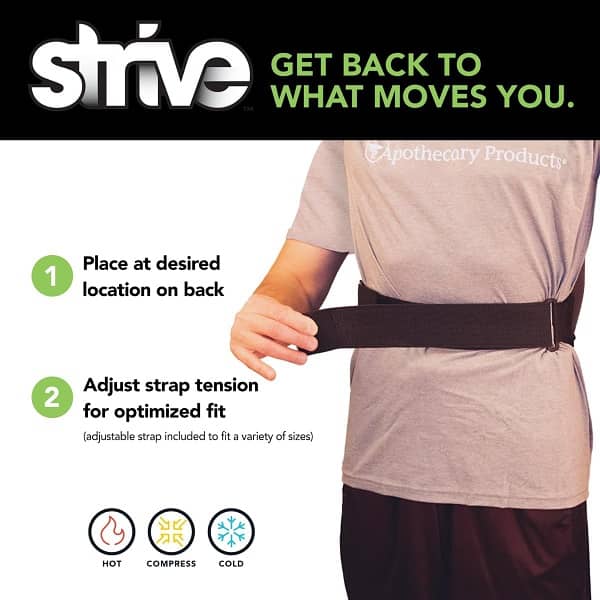
Timing is vital when using hot or cold packs. Check your skin for any adverse reactions. Always use a barrier, such as a cloth, between the pack and your skin. Avoid application if you have circulatory issues or open wounds. (Consult a healthcare professional if you’re unsure about your condition.)
The best way to use hot and cold packs for back pain is with a mindful approach. Awareness of body responses can help. Adjusting treatment strategies can provide relief and prevent injury. (Consider tracking your pain levels after each application to fine-tune your approach.)
Hot Cold Pack: The Key to Reducing Inflammation and Easing Back Pain
Using a hot cold pack can help relieve your back pain after exercise. It promotes circulation and reduces inflammation. The heat relaxes tight muscles, while the cold numbs pain and minimizes swelling. Alternating hot and cold treatments can speed your recovery. It will make your back feel better and more resilient for future workouts. Using this simple method after exercise can boost your health and performance.
FAQ
Q: How does a hot cold pack work to relieve back pain after exercise?
A hot cold pack works through the principles of thermotherapy and cryotherapy. Applying heat helps. It increases blood flow to the area. This can promote healing by relaxing muscles and easing stiffness. Cold therapy reduces inflammation and numbs sharp pain. It does this by narrowing blood vessels in the area. This reduces blood flow. Alternating between heat and cold can provide the best relief. It helps with muscle relaxation and inflammation.
Q: When should I use a hot cold pack for back pain after exercising?
Use ice packs for 15-20 minutes after exercising. This is especially important if you have swelling or sharp pain. After the first 48 hours, heat can help. It eases muscle tension and promotes recovery. Alternating between hot and cold packs over a period of 24-72 hours can yield optimal relief.
Q: How long should I leave a hot cold pack on my back?
It is generally recommended to use a hot or cold pack for about 15-20 minutes at a time. This duration prevents skin damage. It allows time for the heat or cold to penetrate the tissue. You can repeat the process every few hours. But, have a 30-minute break between applications to avoid prolonged exposure.
Q: Can I create a DIY hot cold pack at home?
Not possible to remove the adverb. To make a DIY hot pack, fill a clean sock or bag with rice or dried beans. Microwave it for 30-60 seconds. For a cold pack, fill a zipper bag with ice or frozen peas. Wrap it in a towel before applying it to your back. This provides both accessible and cost-effective options for pain relief.
Q: Are there any precautions I should take when using hot cold packs?
Yes, it’s important to take a few precautions. Always wrap hot or cold packs in a towel. This protects your skin from burns or frostbite. If you have skin issues, circulatory problems, or are pregnant, consult a doctor before using heat or cold therapy. It can cause complications.
Last Updated on August 12, 2025 by Holistic Healths

